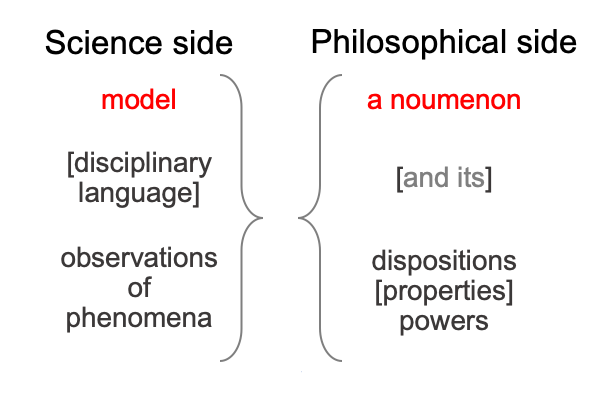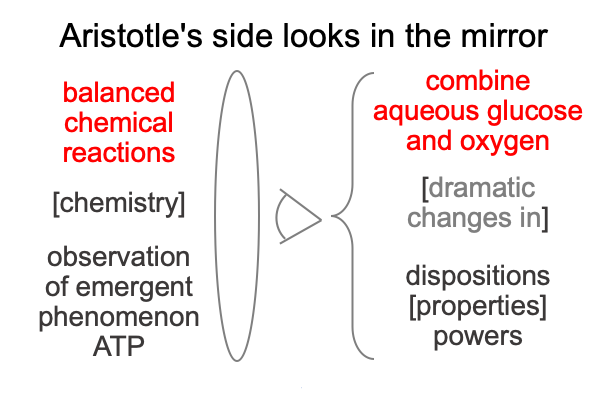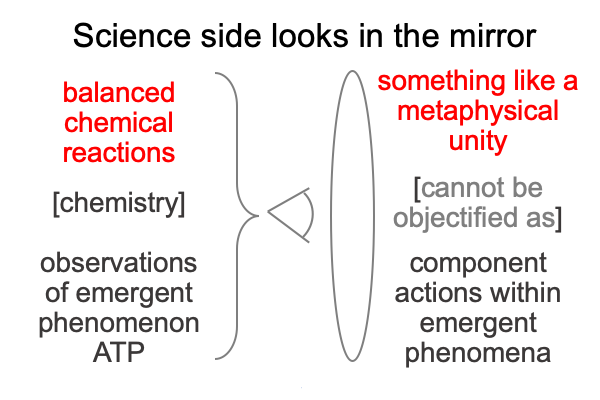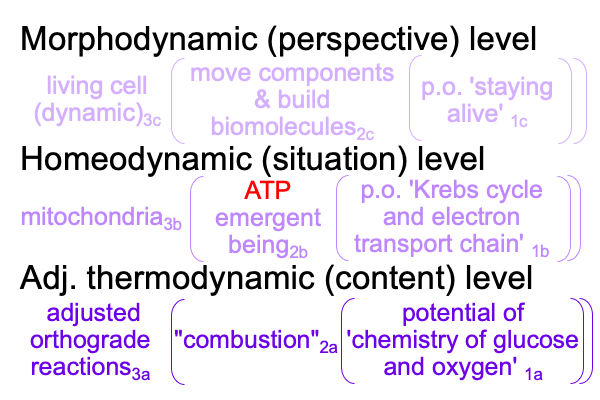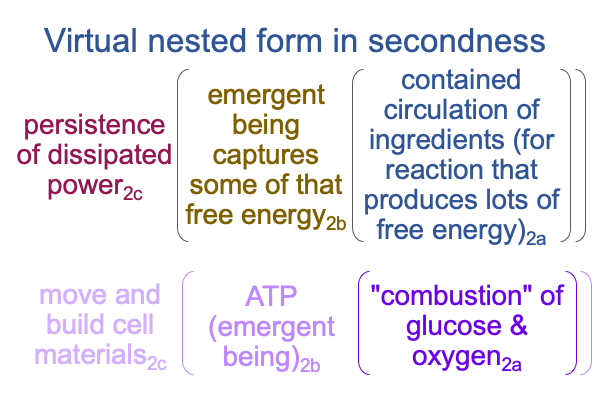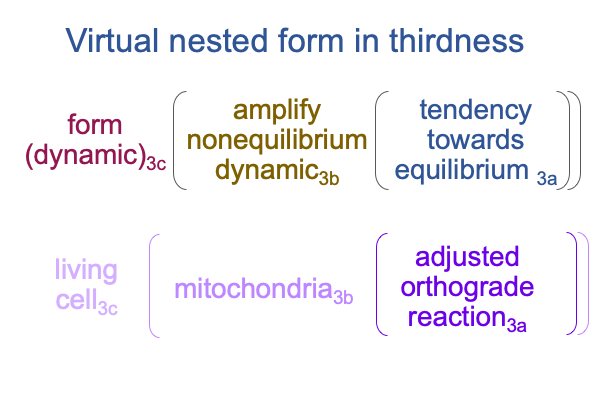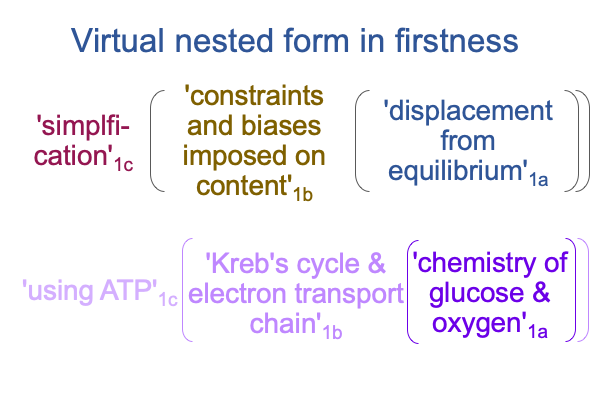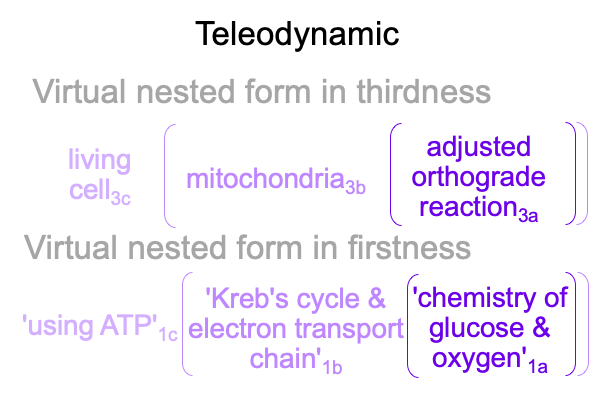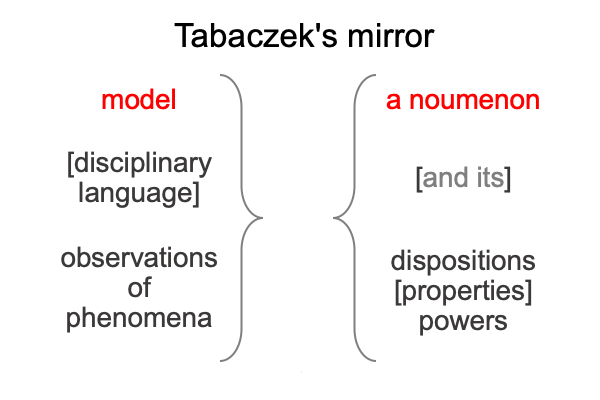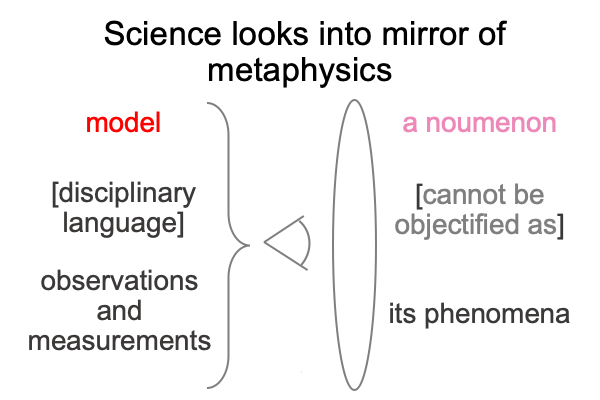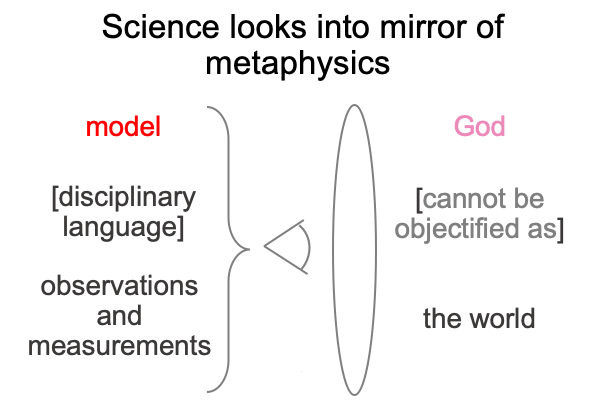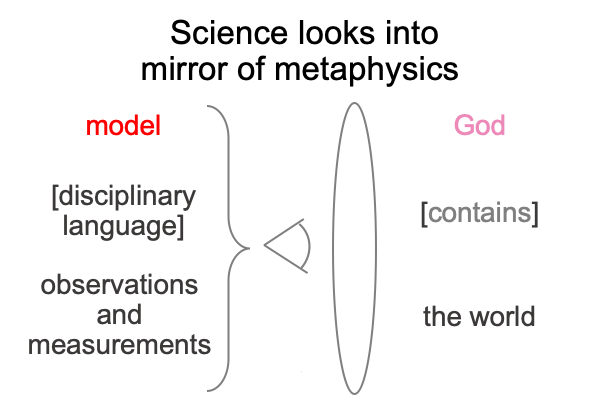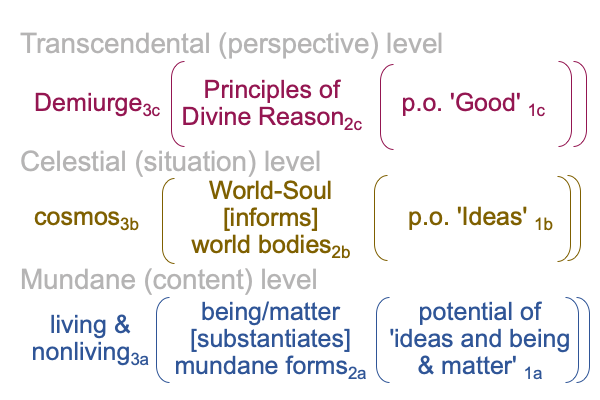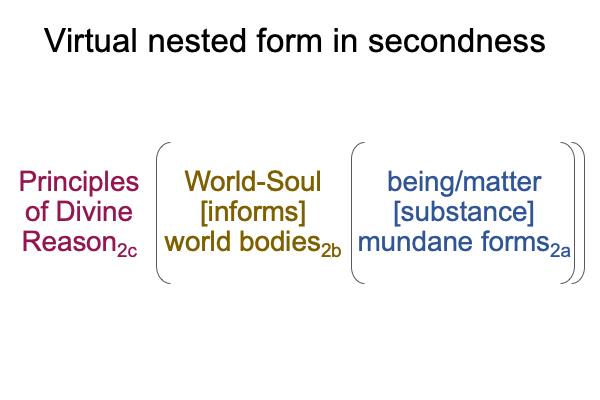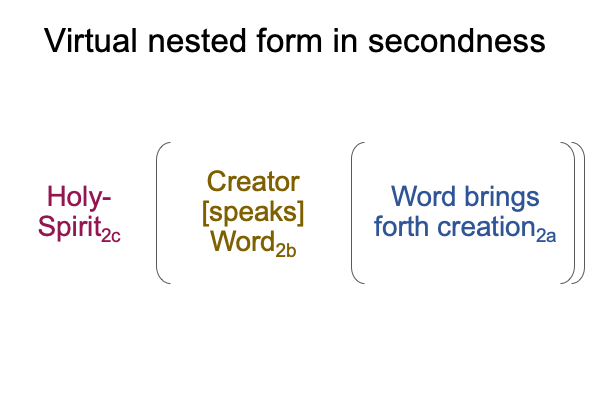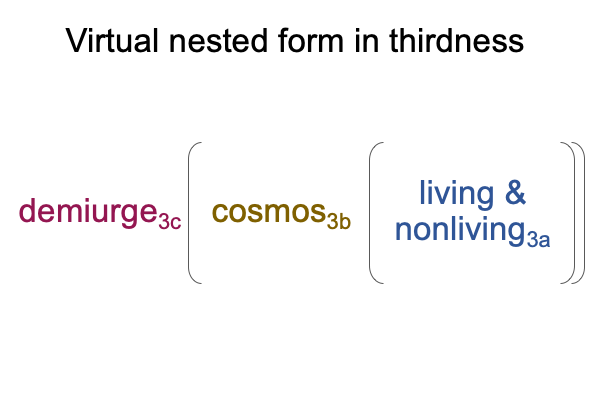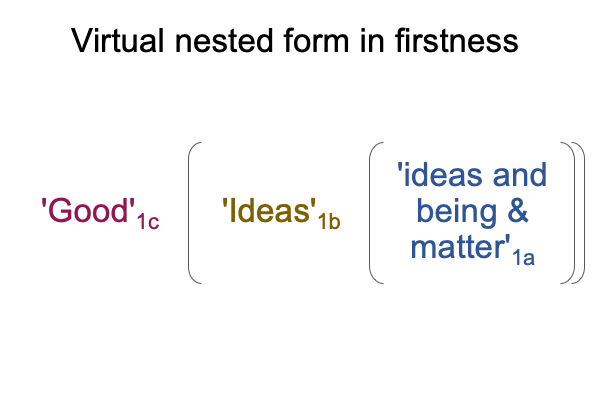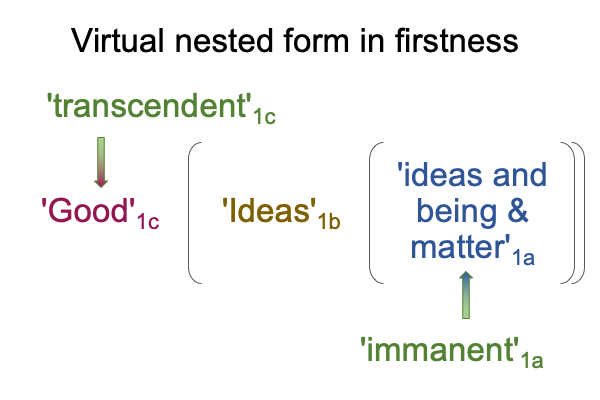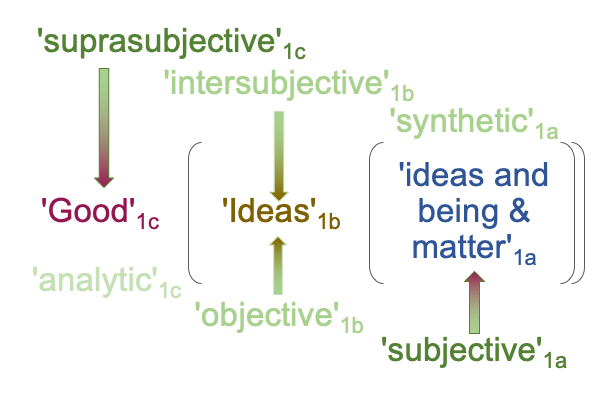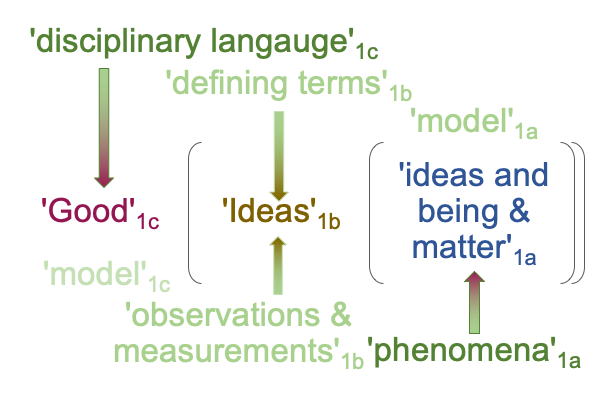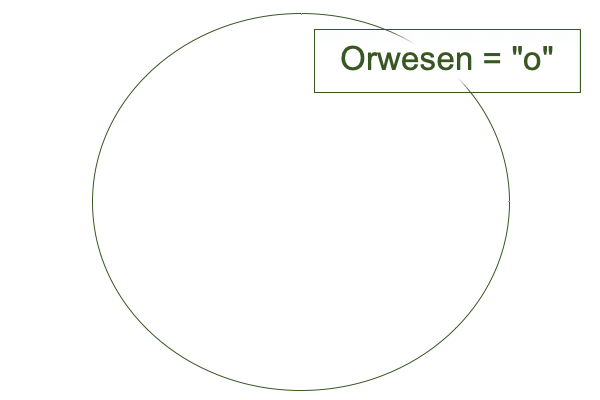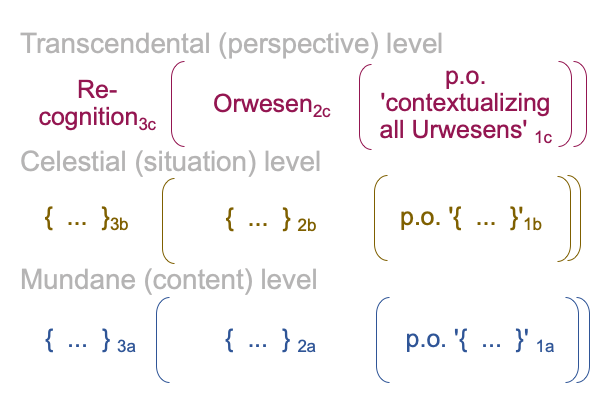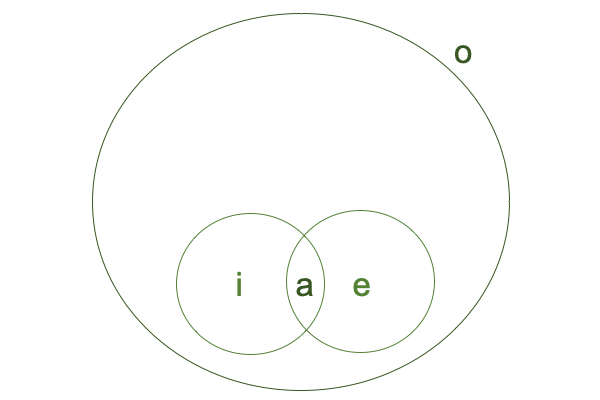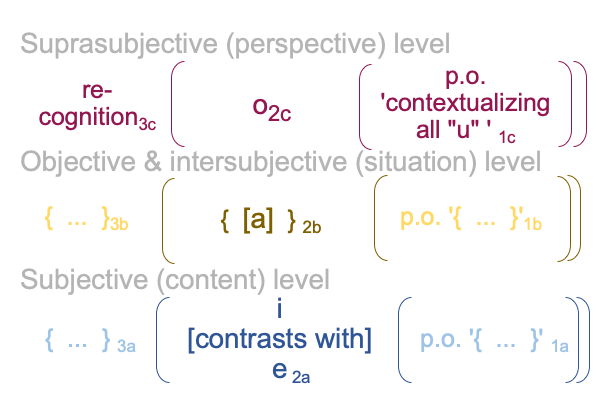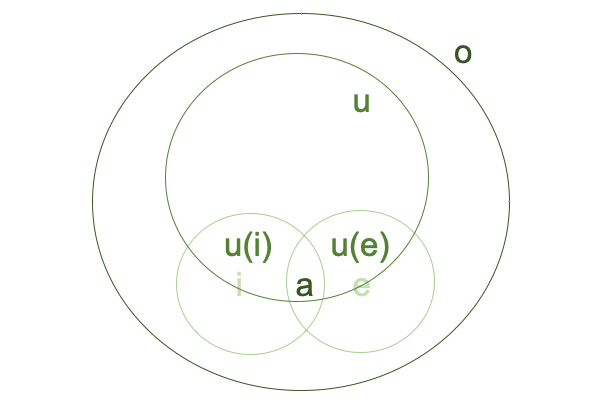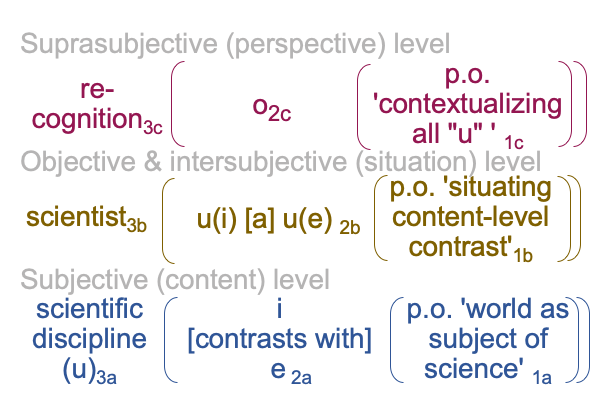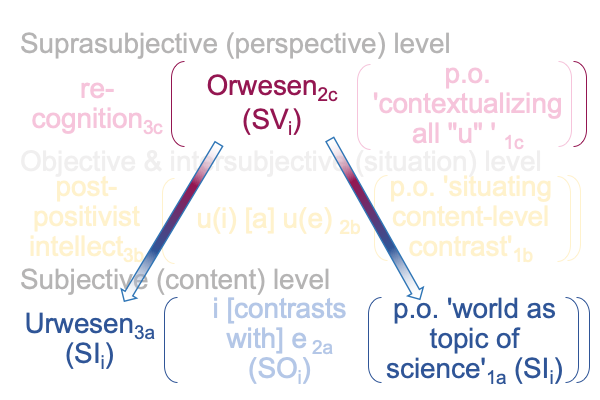Looking at Mariusz Tabaczek’s Book (2021) “Divine Action and Emergence” (Part 13 of 22)
0255 Of course, ATP is crucial for staying alive1c. The eukaryotic cell3c internally moves components and builds biomolecules2c.
Now, the morphodynamic level comes into view.
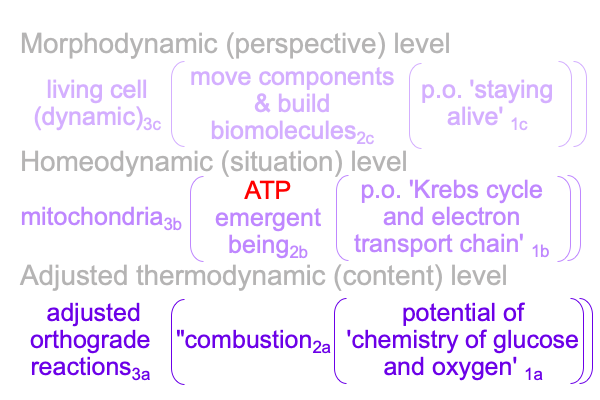
0256 Does this picture of respiration as emergent phenomena describe a new style (or fashion) for the Aristotelian tradition?
The answer is “yes”.
Is this new style consonant with Tabaczek’s emphasis on disposition, property and power, as discussed in sections 2.2 through 2.4?
If the answer is “yes”, then I should take a moment to reflect on where Tabaczek is coming from.
0257 Tabaczek starts his journey as a Thomist.
Recall that Aristotle lives in the 5400s U0′.
In the 7000s, Thomas Aquinas provides a “new” style in Aristotle’s tradition. Call it the “the schoolmen style”. Aquinas raises a lot of questions. His questions are debated for four centuries. His “new” style becomes the “old” style.
In the 7400s, mechanical philosophers in northern Europe dismiss the “old” scholastic nonsense. Final and formal causes are incompatible with building mathematical and mechanical models based on observations and measurements of phenomena.
The success of the mechanical philosophers gives rise, over the next four centuries, to the Positivist’s judgment. In the Positivist’s judgment, a positivist intellect (relation, thirdness) brings the empirio-schematic judgment (what ought to be,secondness) into relation with phenomena (what is, firstness). Well, correct that. Phenomena are the observable and measurable facets of their noumenon. Oh, never mind. What scientist cares about the thing itself?
0258 On paper, mechanical philosophers accept Aristotle’s material and efficient causalities.
In practice, they do not.
0259 As I argue earlier, mechanical philosophers promote truncated material and efficient causes, severed from their complementary formal and final causes. Why? Truncated causes permit mechanical and mathematical models. Furthermore, the severed causes may be imported into the truncated causes as shadowy elements.
By 7800 U0′, the severance and re-importation of formal and final causes makes people wonder about the modern use of the word, “cause”.
0260 According to Tabaczek, we are not the first to suspect.
Already, in the 7500s, two philosophers smell the head of a rotting fish.
David Hume (7511-7516 U0′) agrees that humans are not justified in claiming access to formal and final causations. Without such access, “causality” reduces to… um… let me guess… mathematical and mechanical models. Sure, it smells, but it is still good to eat. Tabaczek discusses the contemporary wreckage of a revived Humean discourse in section 2.2.1.
Immanuel Kant (7524-7604 U0′) poses the question, “If mathematical and mechanical models account for observations and measurements of phenomena, then what about the thing itself (that is, the noumenon)?”
Of course, Kant embeds this question within a myriad of intricate arguments filling dense tomes, so it takes a while for the answer to manifest as a slogan. Indeed, rumor has it that the simplified slogan gets scrawled on a bathroom stall at the University in Turbingen. The slogan, translated into English, reads, “A noumenon cannot be objectified as its phenomena.” Of course, I am fictionalizing here, but I am not embarrassed enough not to project my guilt upon one suspiciously idealistic student of that university, Georg Wilhelm Friedrich Hegel (7570-7631 U0′).
0261 Yes, sometimes false accusations are true. But, not in the way that the deceiver would have you imagine them to be.
0262 Another century passes before a French neo-Thomist writes the subject of Razie Mah’s e-book, Comments on Jacques Maritain’s Book (1935) Natural Philosophy, where the slogan that preserves the metaphysics-laden noumenon from triumphalist advocates of science appears as what is in the Positivist’s judgment.
Here, I refer the reader back to points 0017-0027 and the start of Tabaczek’s emergence.

